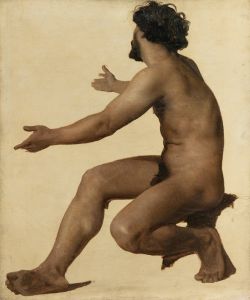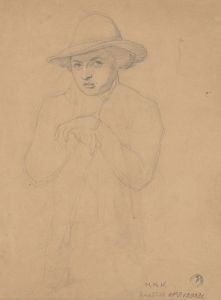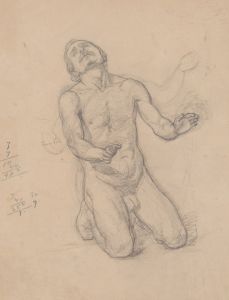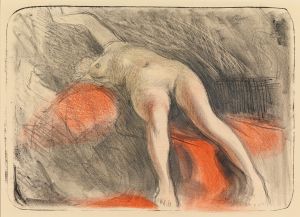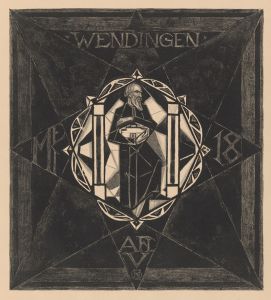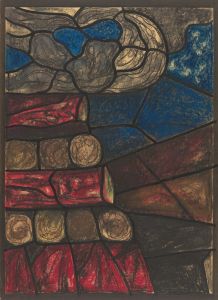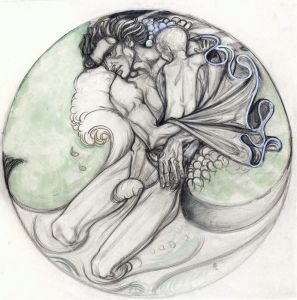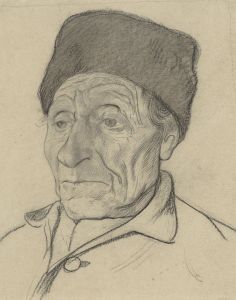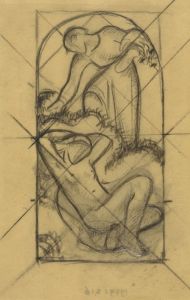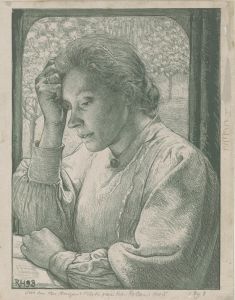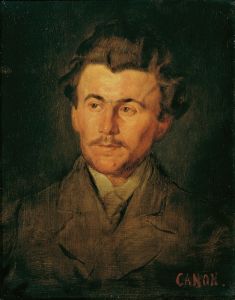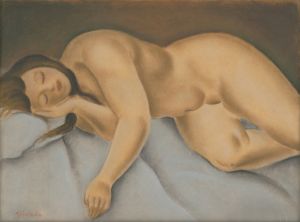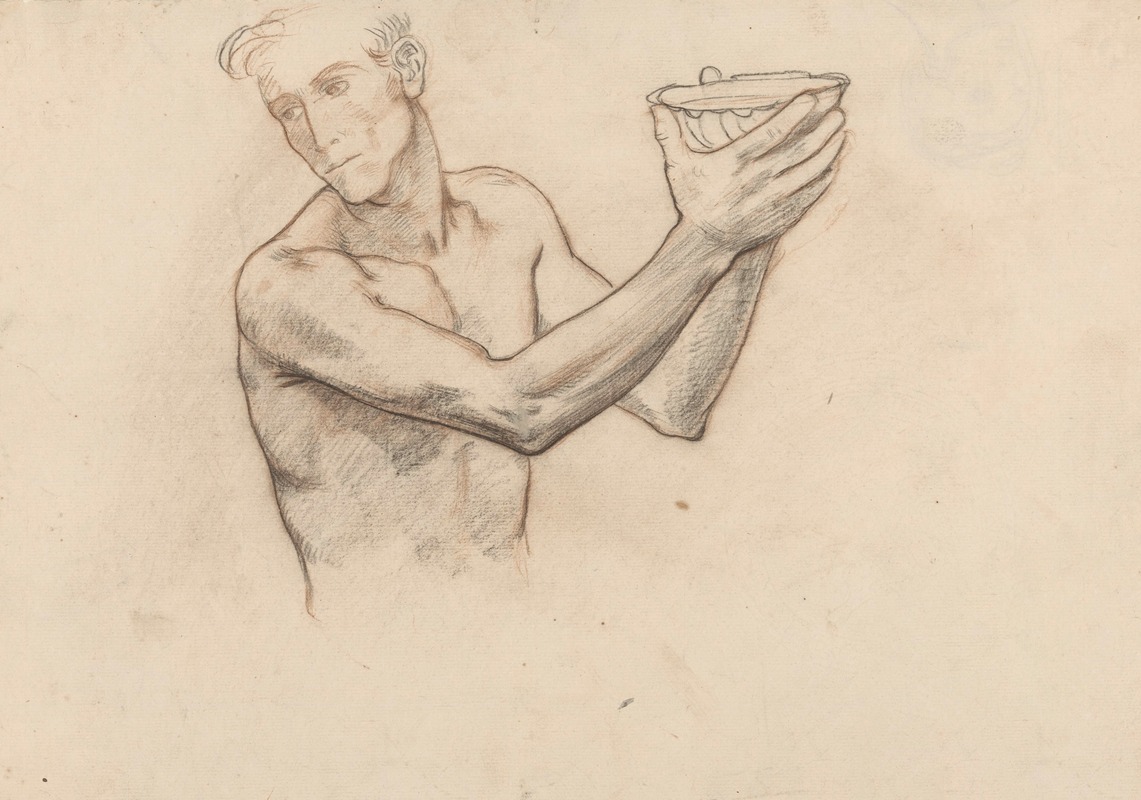
Mannelijk naakt met schaal, ten halven lijve
A hand-painted replica of Richard Nicolaüs Roland Holst’s masterpiece Mannelijk naakt met schaal, ten halven lijve, meticulously crafted by professional artists to capture the true essence of the original. Each piece is created with museum-quality canvas and rare mineral pigments, carefully painted by experienced artists with delicate brushstrokes and rich, layered colors to perfectly recreate the texture of the original artwork. Unlike machine-printed reproductions, this hand-painted version brings the painting to life, infused with the artist’s emotions and skill in every stroke. Whether for personal collection or home decoration, it instantly elevates the artistic atmosphere of any space.
Richard Nicolaüs Roland Holst was a prominent Dutch artist known for his contributions to the Symbolist movement in the late 19th and early 20th centuries. Born on December 4, 1868, in Amsterdam, Holst was part of a family with a strong artistic tradition. He was married to the poet and socialist Henriette Roland Holst, and together they were influential figures in both the art and political scenes of their time.
Holst's work is characterized by its symbolic content and often features themes of idealism and social justice. He was heavily influenced by the Arts and Crafts movement and was associated with the Amsterdamse Joffers, a group of artists who were known for their dedication to craftsmanship and decorative arts.
"Mannelijk naakt met schaal, ten halven lijve" is one of Holst's notable works, although specific details about this particular painting are limited. The title translates to "Male Nude with Bowl, Half-Length," suggesting that the painting features a male figure depicted from the waist up, holding a bowl. This subject matter aligns with Holst's interest in the human form and his exploration of symbolic and allegorical themes.
Holst was known for his versatility as an artist, working in various mediums including painting, drawing, and printmaking. He was also a respected teacher and served as a professor at the Rijksakademie van Beeldende Kunsten in Amsterdam. His influence extended beyond his own work, as he mentored a generation of artists who would continue to shape Dutch art in the 20th century.
In addition to his visual art, Holst was deeply engaged in the cultural and political discourse of his time. He was a committed socialist and believed in the power of art to inspire social change. This belief is reflected in his work, which often incorporates themes of unity, cooperation, and the potential for a better society.
Holst's contributions to the arts were recognized during his lifetime, and he received several accolades for his work. Despite the challenges of the early 20th century, including the impact of World War I, Holst remained dedicated to his artistic and social ideals until his death on December 31, 1938.
While specific information about "Mannelijk naakt met schaal, ten halven lijve" is sparse, it can be appreciated within the broader context of Holst's oeuvre and his commitment to exploring the human condition through art. His legacy continues to be celebrated in the Netherlands and beyond, as his work remains a testament to the enduring power of art to reflect and shape the world around us.





